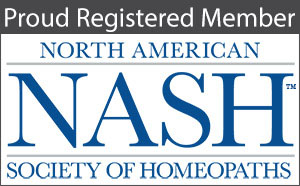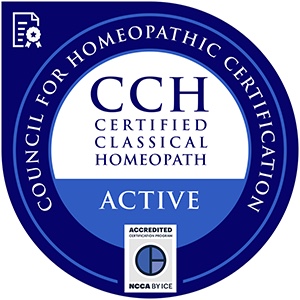How does homeopathy work?
Having recently finished a series of posts critiquing someone else’s critique of Homeopathy (Wikipedia), I am left with a clearer picture of some of the questions and misconceptions people have on the subject.
In the spirit of positivity, let’s look now at what Homeopathy actually is and how it works. There are two basic rules of Homeopathy:
Rule 1: Use a Substance that causes Similar Symptoms
Homeopathy is the therapy (-pathy) of similars (homœo-). We use as medicine the natural substance that can produce symptoms most closely matching the whole picture of someone’s disease symptoms.
Rule 2: Give that Substance in the Minimum Dose
Because we are often giving a strong substance that could cause symptoms in a large dose, we strive to use the smallest amount of the original material needed to elicit a reaction from the body.
There are several corollaries that spring from these two rules:
Corollary #1: Totality of Symptoms
In order to fully understand a disease and match a homeopathic remedy to it, we must include all the signs and symptoms of that disease, even if they occur in remote parts of the body (or mind) that conventional medicine might tell us are unrelated. For example, a person who gets the flu might be anxious, fearful, impatient, sad, indifferent…. Each of these mental states, if they arise during the disease, will differentiate this flu from the many other flus out there and the people who suffer them and help to indicate the most effective homeopathic remedy.
Corollary #2: Central Disturbance
For the most part, the above-described phenomenon suggests that disease results in some sort of central disturbance that then manifests outward symptoms. If this central disturbance is corrected, the body will then be able to redress the various symptoms and cure the disease.
Corollary #3: Vital Force
If there is a central disturbance caused by disease, there must be something that is actually disturbed, no? That is what the founder of homeopathy called “the vital force,” or “dynamis.” This concept might well be understood now as “allostasis,” or the ability of our organism to maintain the balance that keeps us alive in our changing environment.
Corollary #4: Drug Testing
In order to know what natural substance is most similar to the disease in question, many natural substances have to be made into homeopathic remedies and tested on healthy volunteers. Then, when somebody gets sick, we can match their symptoms to a previous drug “proving” (trial) or to cured clinical symptoms to find the most similar remedy. Dr. Samuel Hahnemann, the founder of homeopathy, is considered in conventional medicine the father of drug testing. He insisted that no medicine should ever be used on the sick that has not first been tested on the healthy.
Corollary #5: Susceptibility
If a dose of something as subtle and minute as a homeopathic remedy can stimulate deep and permanent change in one organism but not in another, then it follows that each organism has its own patterns of susceptibility. Even when a disease as virulent as smallpox roamed the land, not everyone caught it. And not everyone who caught it died. We are each susceptible to different influences, whether they be prepared medicines or disease influences.
###





